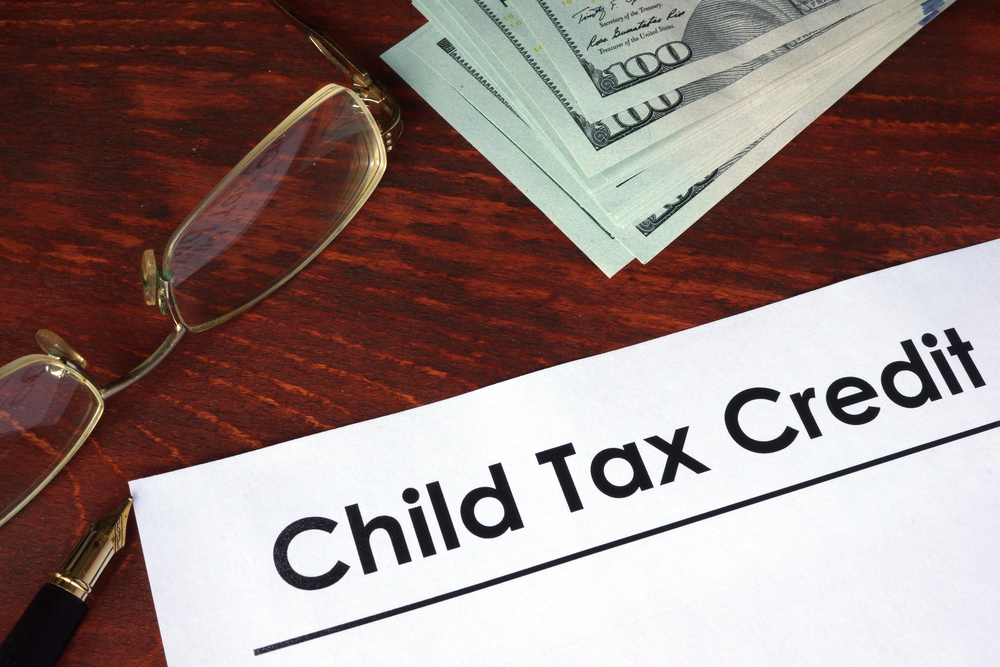
Joe Biden’s $1.9 trillion relief package is probably one of the most ambitious political projects in our recent history – and it definitely comes during one of the roughest times for our nation too. As part of the plan, the new administration aims to help families and children who have been deeply affected by the pandemic economically.
If you want to read the full list of benefits provided by the American Rescue Plan, our post right here covers everything you should know.
For now, though, we’re going to get into detail about the stimulus child tax credit by answering some of the most pressing questions of this initiative.
How does it work?
Every eligible U.S. resident will receive a financial boost of $3,600 for each child under 6 years old and $3,000 for children under 18 years old. This is a significant upgrade considering that the maximum sum offered was of $2,000 for children under 17.
The upgraded stimulus child tax credit can be offered to:
- single filers with an annual income of less than $75,000
- household heads earning less than $112,5000 per year
- joint filers who make less than $150,000 yearly
Those who earn more than the amount specified above will have their tax credit recalculated based on their income.
What about low-income families?
Perhaps one of the most significant changes brought by this new program is that it’s fully refundable.
Under the previous legislation, parents could only get a maximum of $1,400 as a refund – and their household must have earned at least $2,500. As a result, more than 23 million children living in low-income or poor families were unable to receive a credit or only became eligible for a partial one.
The new stimulus child tax credit allows parents without earnings or those with low incomes to submit tax returns and receive new payments as soon as possible.
Who will benefit the most?
The stimulus child tax credit is expected to make a huge difference for an estimated 4.1 million children who are now just above the poverty line. Data from the left-leaning Center on Budget and Policy Priorities also states that the program can cut the number of kids in poverty by 40% or even more.
Most notably, the program can take 1.1 million children out of ‘deep poverty’ – a status that means they’re below half the poverty line.
Unfortunately, more than 50% of the Black and Latino children across the country haven’t been able to receive this type of credit until now; therefore, the upgraded version can also make a significant positive difference in their lives too.
When can you get a credit?
President Joe Biden has already signed the provisions required to upgrade the new bill; this means that it’s all up to the Internal Revenue Service to implement the changes. Considering that the agency has a relatively small staff who needs to work on multiple relief measures right now, we all need a bit of patience.
Right now, it’s expected for families to start getting 50% of their credit periodically starting this July and running until the end of the year, with up to $300 for each child under 6 and $250 for children between 6 and 17 years old. As for the other 50%, legislation says that parents can claim it on their 2021 tax returns.
However, this rule might change, as the Treasury secretary can modify the payment frequency; up until now, families have been usually receiving this type of credit once a year around the tax season.
A considerable portion of Biden’s $1.9 trillion relief package is focused on child education – a topic heavily debated as the pandemic has affected school systems nationwide. Considering how beneficial the new program is for low-income and poor families, many Democrats have already expressed their wish to make it permanent.
However, this initiative comes at a great cost; according to the Committee for a Responsible Federal Budget, the 2021 upgraded stimulus child tax credit could cost approximately $1 trillion over the course of one decade.
Until then, though, children can have a new chance at education and a better life by enjoying the benefits of this upgraded plan. If you wish to know more ways Biden impacts your family, click here to read all about his $1.9 trillion American rescue package.







